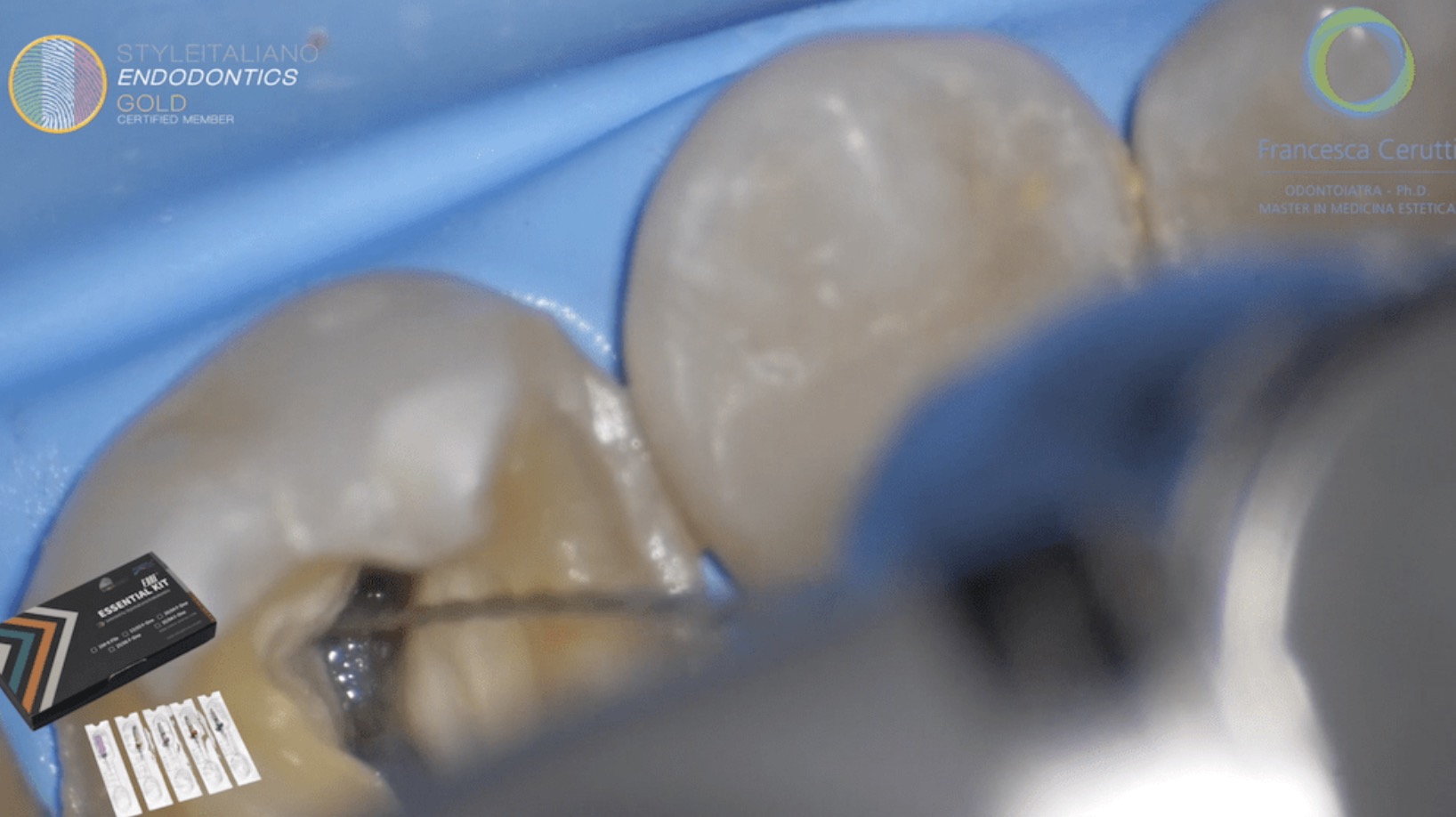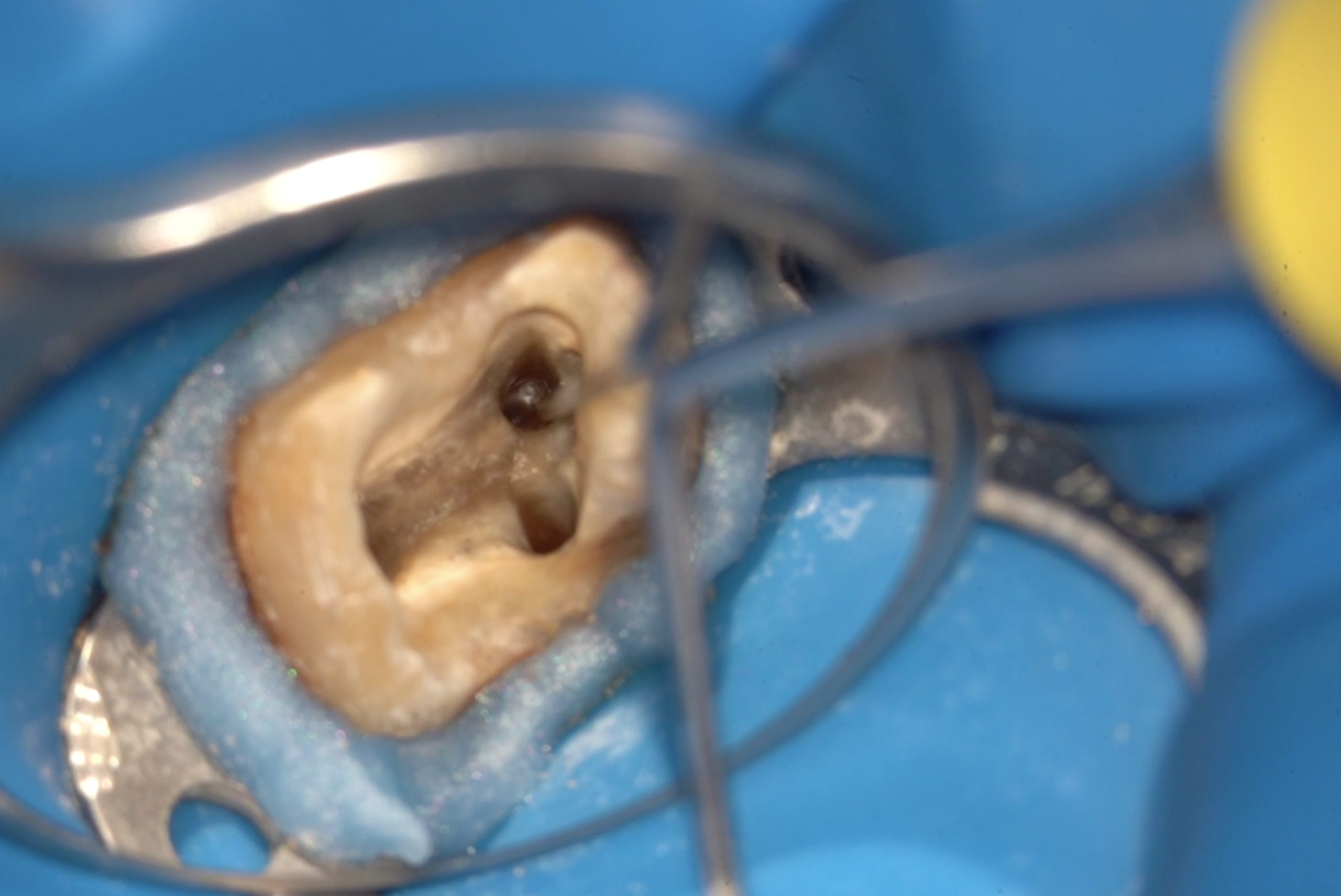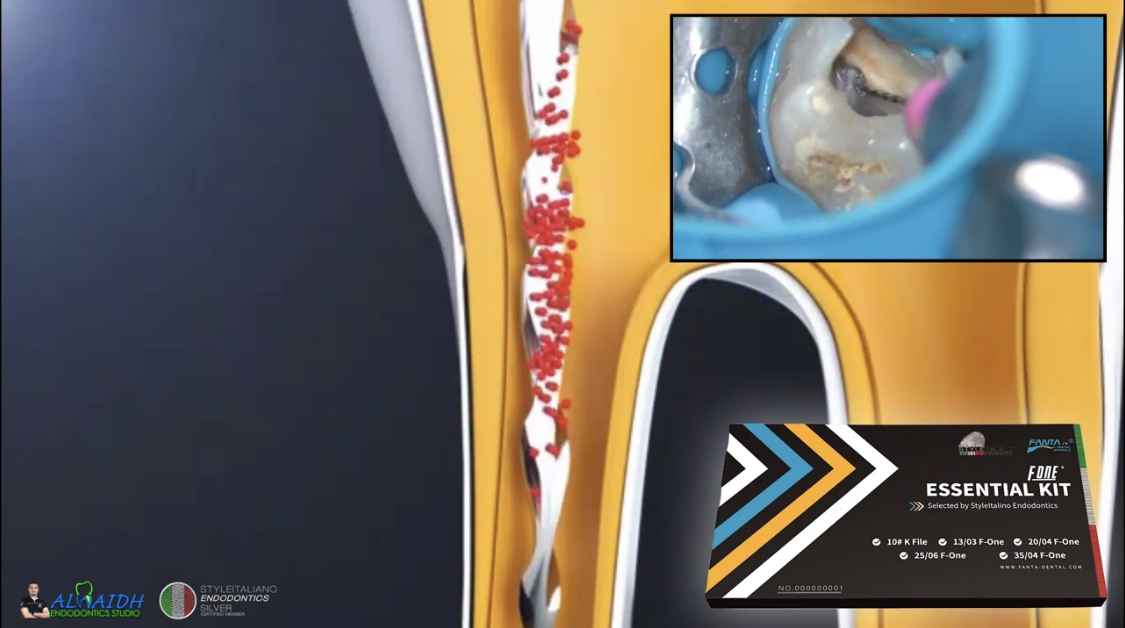
Management of ledge formation
26/06/2023
Fellow
Warning: Undefined variable $post in /var/www/vhosts/styleitaliano-endodontics.org/endodontics.styleitaliano.org/wp-content/plugins/oxygen/component-framework/components/classes/code-block.class.php(133) : eval()'d code on line 2
Warning: Attempt to read property "ID" on null in /var/www/vhosts/styleitaliano-endodontics.org/endodontics.styleitaliano.org/wp-content/plugins/oxygen/component-framework/components/classes/code-block.class.php(133) : eval()'d code on line 2
The ledge, which is a deviation from the original canal curvature without communication with the periodontal ligament, is created when the working length can no longer be negotiated, and the original pathway of the canal has been lost. Ledge formation might lead to incomplete instrumentation and shaping, inadequate disinfection, and inadequate three-dimensional obturation of the root canal systems. All of these factors can be directly linked to the development or persistence of periapical periodontitis, resulting in a negative outcome of endodontic treatment.
Although a variety of etiological factors have been identified, including coronal interferences, inadequate working length determination and shaping, and using rigid endodontic instruments and pushing against the canal wall, the root canal curvature is the most remarkable factor related to ledging. It is significantly increased in canals with a curvature greater than 20°.
To pass a ledge, it may be necessary to orientate a pre-bent manual stainless-steel K-File towards the inside of the canal curvature with an easily detectable reference point during clinical practice.
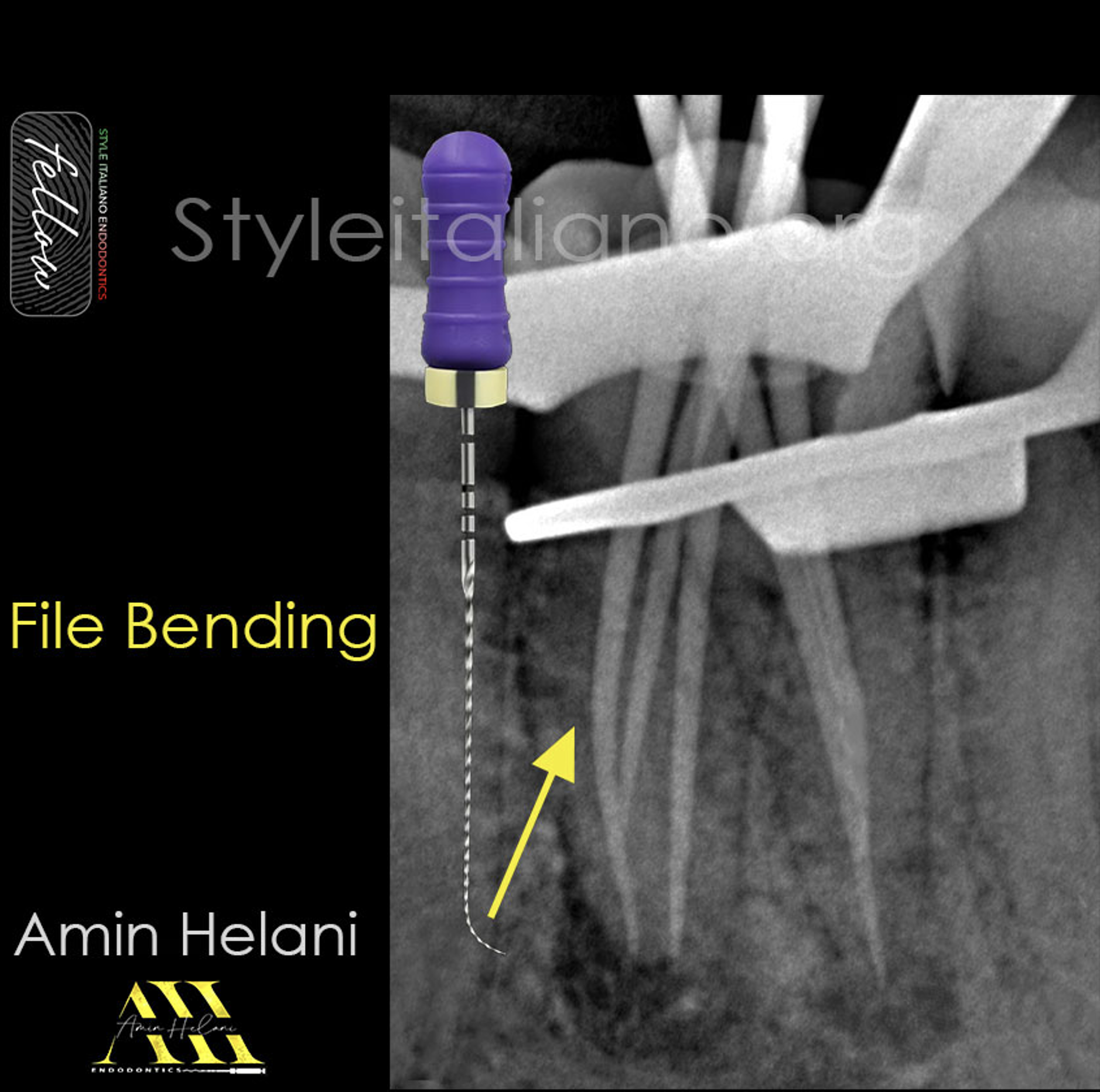
Fig. 1
After removing the old filling, pre-flaring the canal orifices to create a straight-line access, and removing the gutta-percha to the level of the ledge, a small iso 10 K-file was pre-bent and inserted.
After negotiating the original path of the canal with a watch-winding motion, a filing motion should be performed to established the glide path.
Heat-treated rotary files are used to create a mechanical glide path.
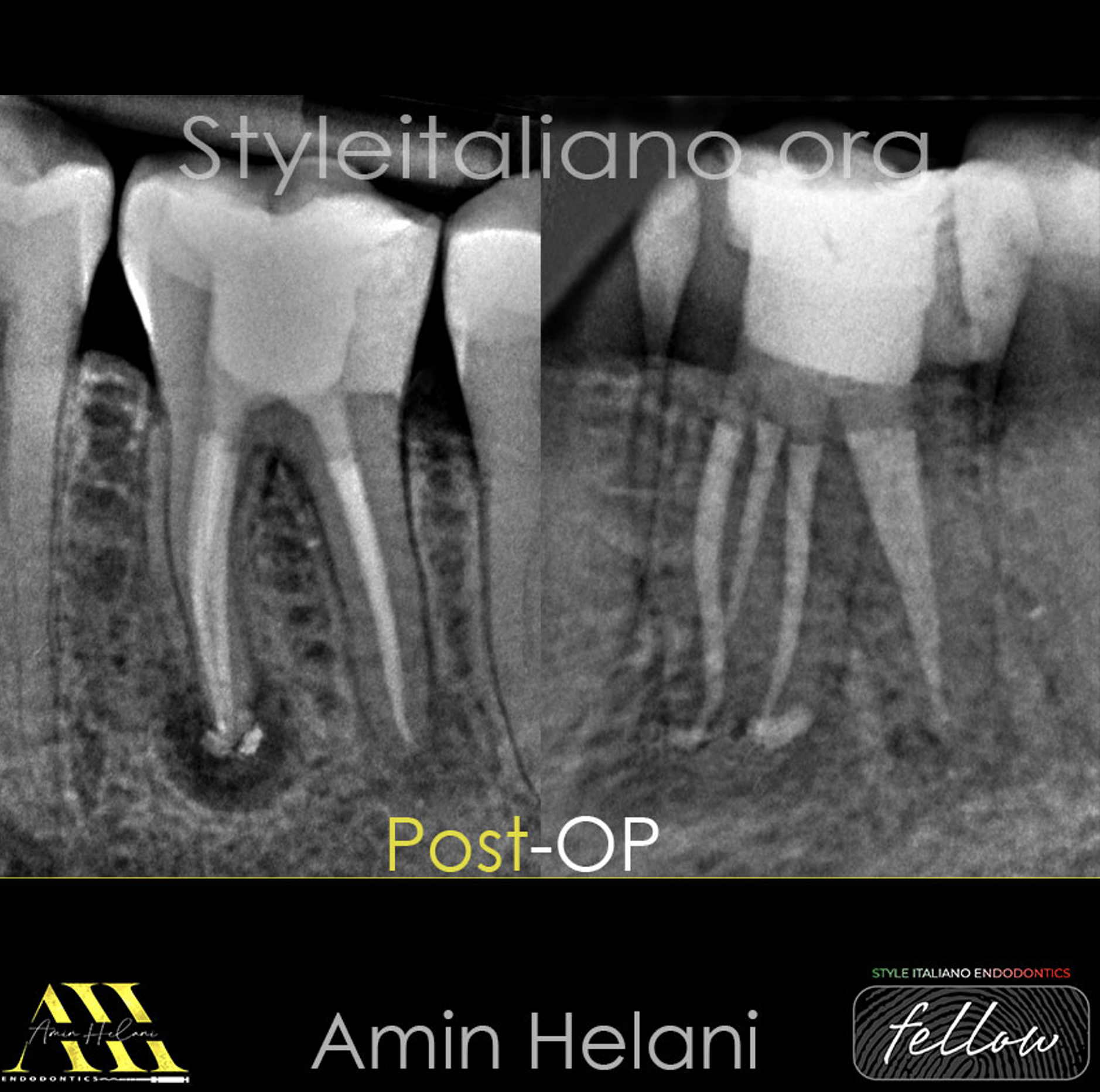
Fig. 2
The shaping was completed, and the canal system was obturated with Bioceramicsealer and Warm Vertical Compaction.
Video of the procedure.
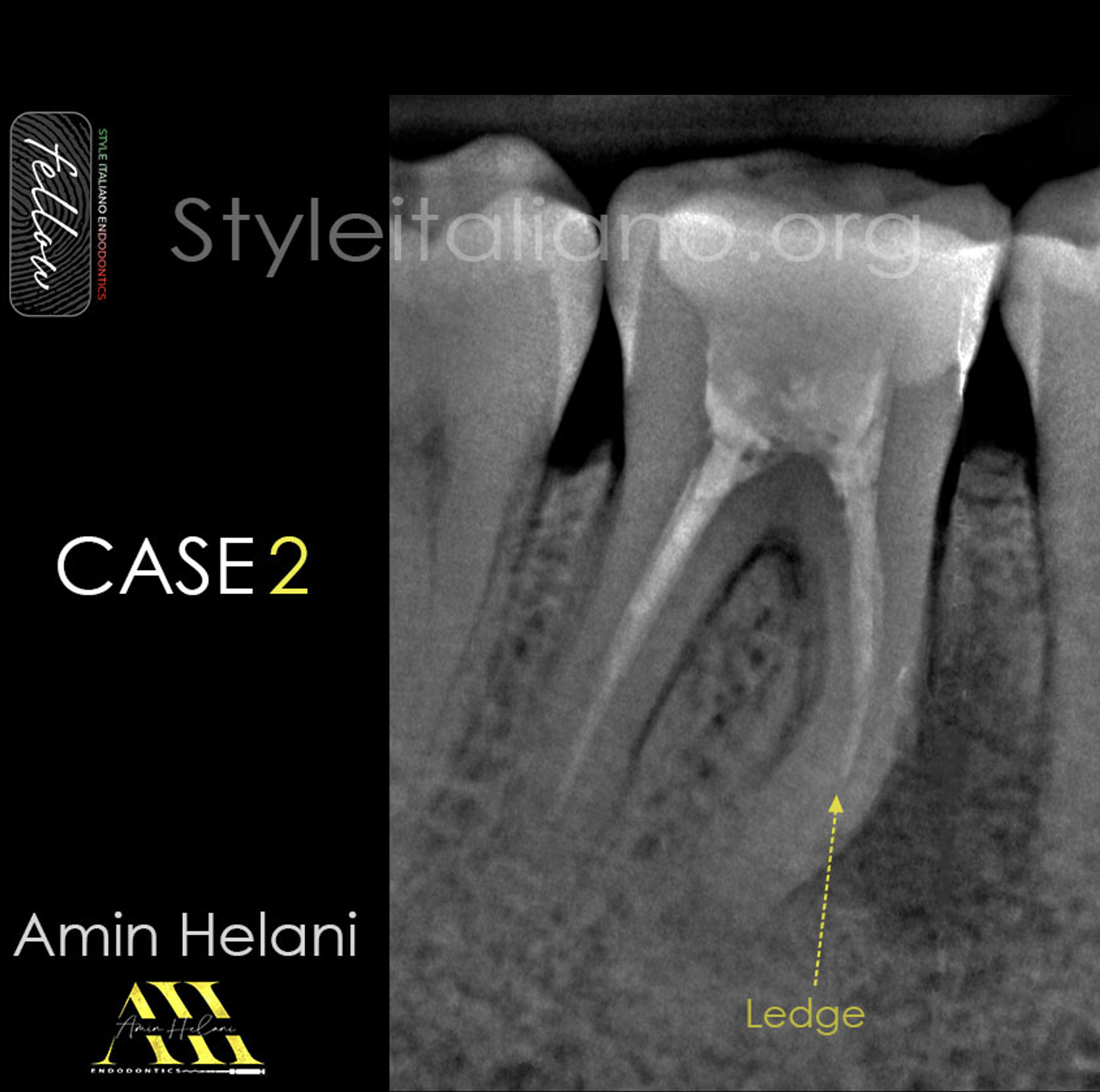
Fig. 3
A 35-year-old female patient is complaining of pain on the lower right side. The periapical X-ray shows the presence of a ledge and a lateral radiolucency on the mesial root of the lower first molar.
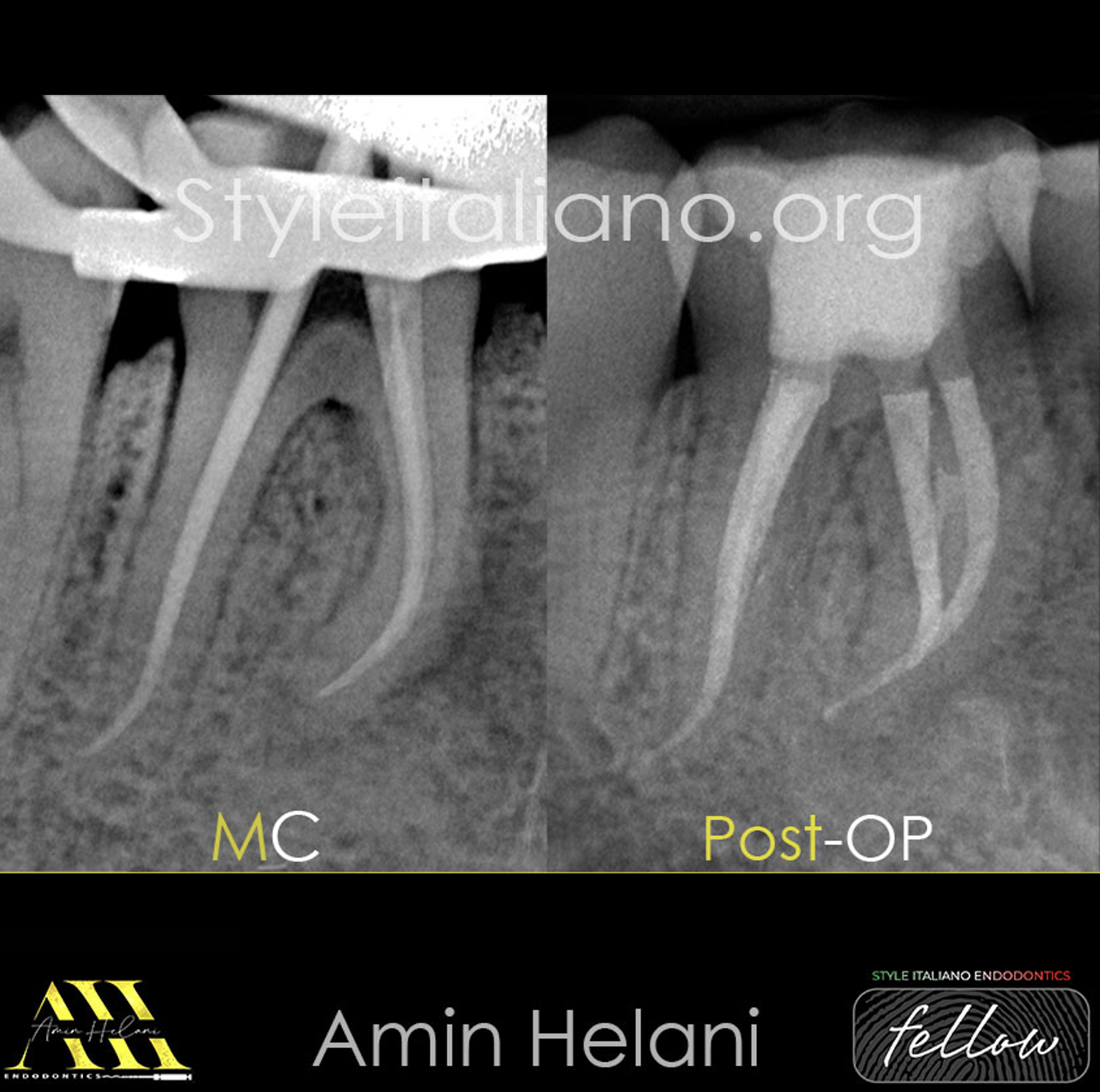
Fig. 4
After removing the gutta-percha to the level of the ledge, a small ISO 10 K-file was pre-bent and inserted into the canal.
After negotiating the original path of the canal with a watch-winding motion, a filing motion should be performed to establish the glide path. Heat-treated rotary files are used to create a mechanical glide path.
A post-operative X-ray shows a detail of the anastomosis between the MB and ML canals.
Conclusions
In conclusion, endodontic ledges can present significant challenges during root canal treatment, but with proper diagnosis, planning, and technique, they can be successfully managed. Early detection and prevention are key to minimizing the incidence of ledges. The use of pre-curved files, rotary files, and ultrasonic tips can be effective in negotiating and bypassing ledges.
In addition, the clinician's experience and skill in handling the files and instruments can play a critical role in preventing and managing ledges.
Ultimately, with a feasible, teachable and repeatable approach, endodontic ledges need not be a barrier to successful root canal therapy.
Bibliography
Berutti E, Alovisi M, Moccia E, Carossa M, De Caro G, Roccuzzo A, Pasqualini D, Scotti N. Micro-CT evaluation of endodontic ledge position in relation to canal curvatures. BMC Oral Health 2022
CohenS, Burns RC. Pathways of the pulp. 8th ed. St Louis: Mosby, 2002


